This non-toxic piezoelectric material generates electricity from movement or vibration.
This lead-free polymer film can eliminate the need of batteries in many smart devices and turn roads into charging stations.
This non-toxic piezoelectric material generates electricity from movement or vibration.
This lead-free polymer film can eliminate the need of batteries in many smart devices and turn roads into charging stations.
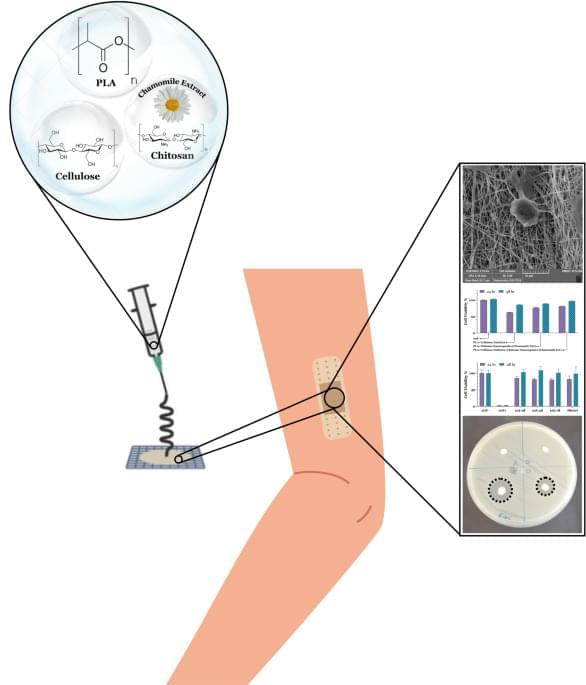
This study presents the development and characterization of a novel nanocomposite wound dressing material based on polylactic acid (PLA) nanofibers incorporating chitosan nanocapsules loaded with chamomile extract and cellulose nanoparticles.
Asadzadeh, F., Ghorbanzadeh, S., Poursattar Marjani, A. et al. Sci Rep 14, 22,336 (2024). https://doi.org/10.1038/s41598-024-72398-9

Jetson Founder Tomasz Patan is clearly getting very comfortable with the Jetson One eVTOL’s flight control system … Watch him wrench the controls around to show off how sharply – and safely – this thing can handle tight turns in flight.
Multicopter drones were revolutionary little gadgets when they started to appear on the scene for a number of reasons, but one was their highly automated fly-by-wire control systems. No human could manually control motor speeds on upwards of four rotors simultaneously, but a sensor-equipped flight control system certainly could – hence, drones like the DJI Phantom were able to automatically lift off and land, maintain altitude if required, and self-balance against wind gusts to hover in place, while also responding quickly to a pilot’s commands.
This is part of the promise with eVTOL aircraft – some of which, like the Jetson One, are really best described as great big multicopter drones a person can sit in.
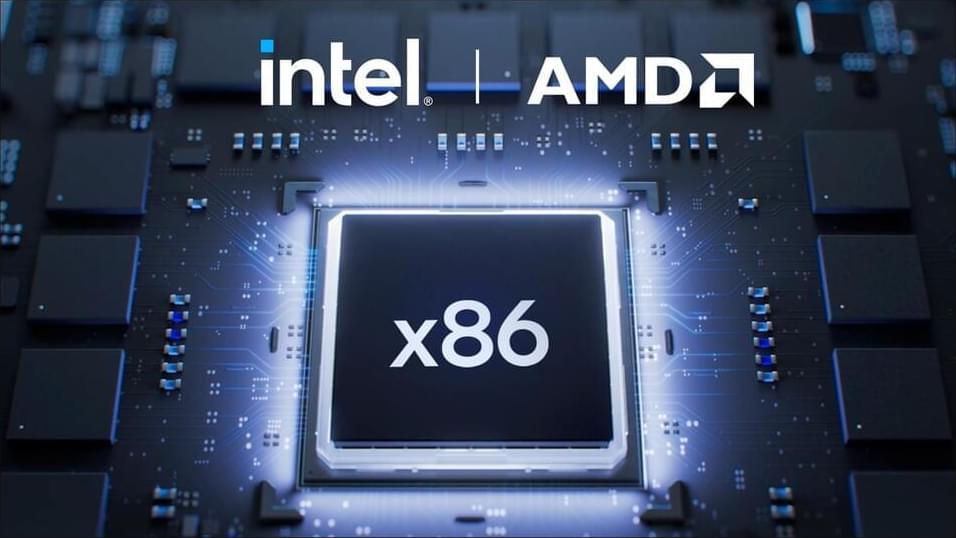
Rivals Intel and AMD Create Alliance To Defend x86 Architecture https://www.pcmag.com/news/rivals-intel-and-amd-create-allia…chitecture.
Intel and AMD Form x86 Ecosystem Advisory Group to Accelerate Developer and Customer Innovation Prominent figures Linus Torvalds and Tim Sweeney…
Las empresas tecnológicas líderes colaboran en la interoperabilidad arquitectónica y simplifican el desarrollo de software en todo el ecosistema.
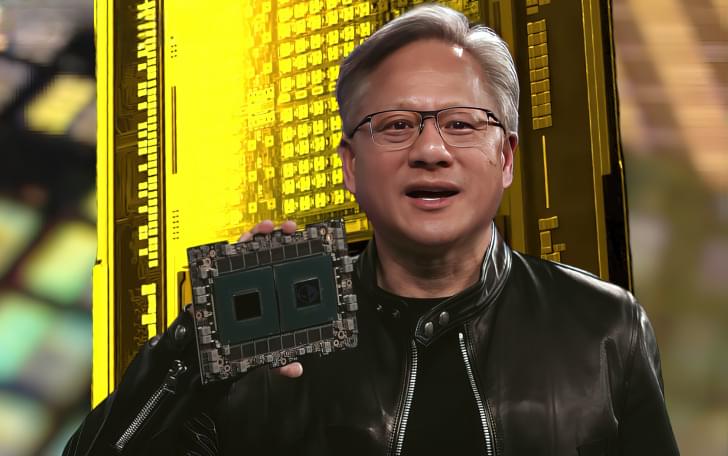
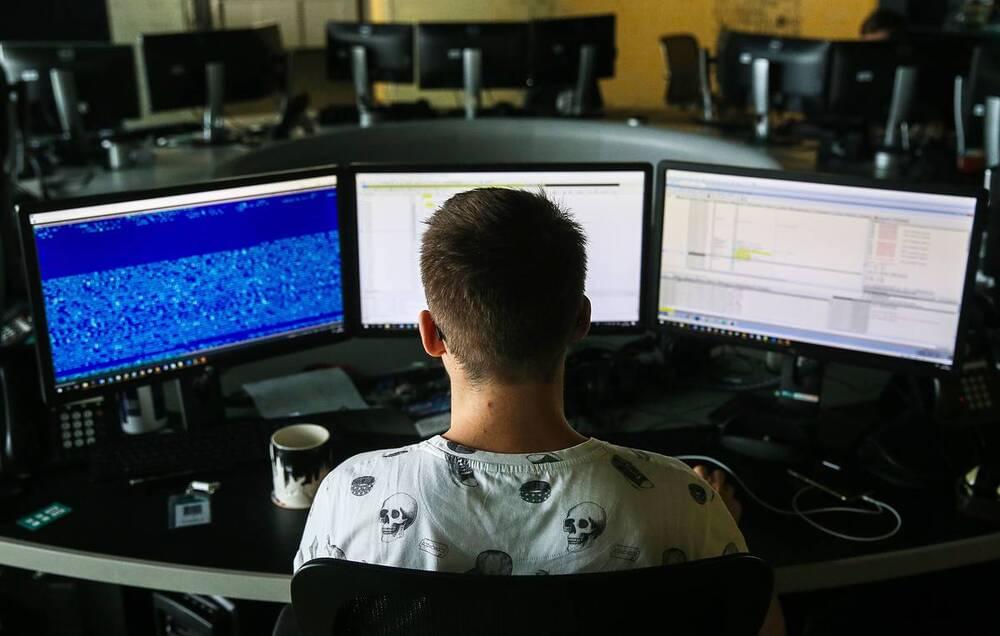
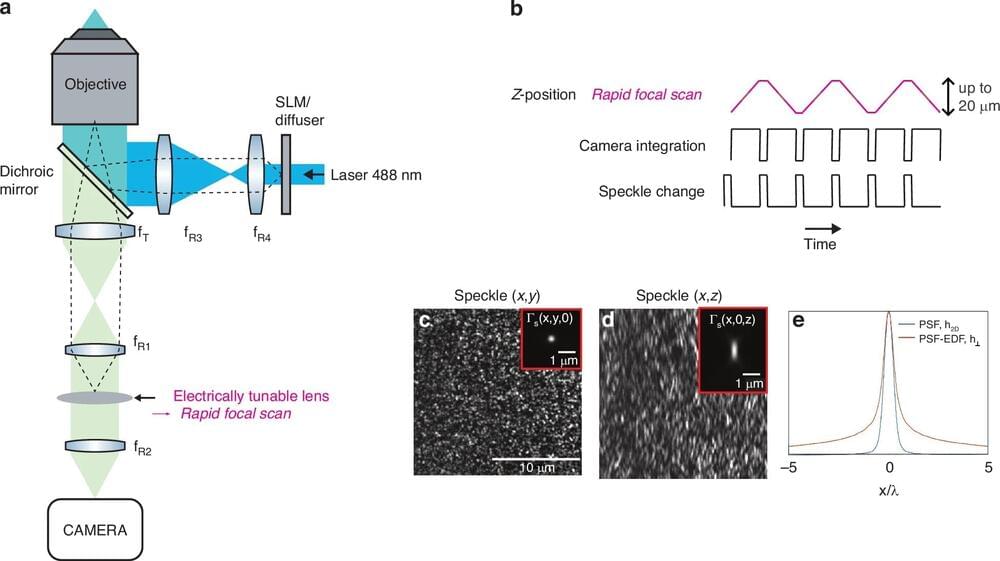
Fluorescence microscopy is a powerful tool in biology, allowing researchers to visualize the intricate world of cells and tissues at a molecular level. While this technique has revolutionized our understanding of biological processes, imaging large and complex 3D structures, such as embryos or organoids, remains a challenge. This is especially true when studying intricate details beyond the optical resolution limit using structured illumination microscopy (SIM).
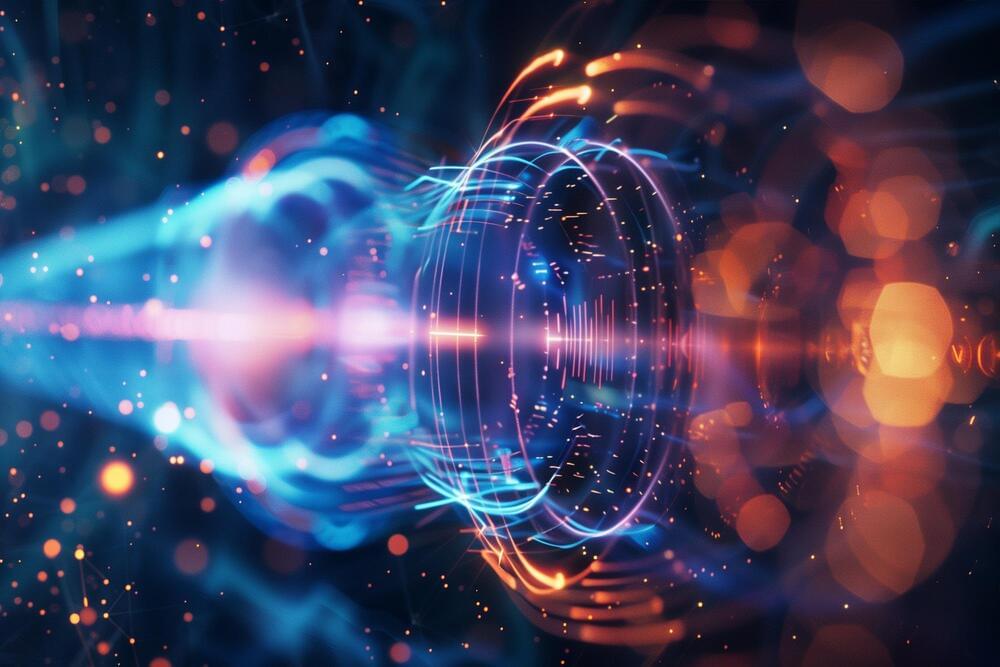
Researchers have discovered how the “edge of chaos” can help electronic chips overcome signal losses, making chips simpler and more efficient.
By using a metallic wire on a semi-stable material, this method allows for long metal lines to act like superconductors and amplify signals, potentially transforming chip design by eliminating the need for transistor amplifiers and reducing power usage.
Revolutionizing chip design with the edge of chaos.
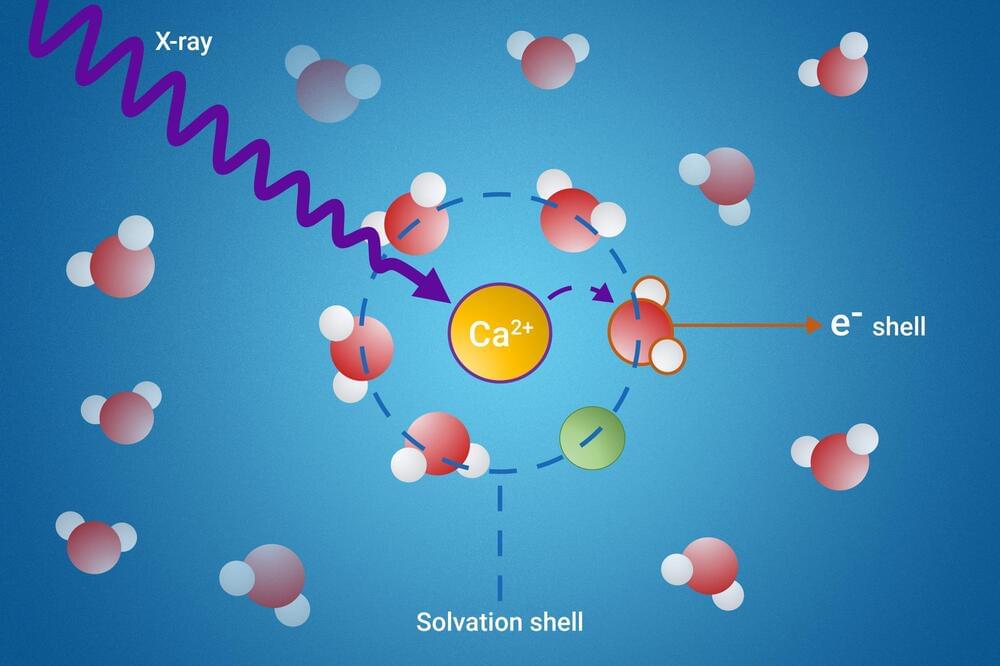
Researchers have devised a new technique to study solvation shells, providing insights into ion pair formation and electron binding energies. This discovery is key for advancing knowledge across many scientific areas.
Researchers from the Fritz Haber Institute, Sorbonne University, and Uppsala University have made a groundbreaking discovery that advances our understanding of ion behavior in solutions. Their findings were recently published in the journal Nature Communications.
Unveiling the mysteries of solvation shells.